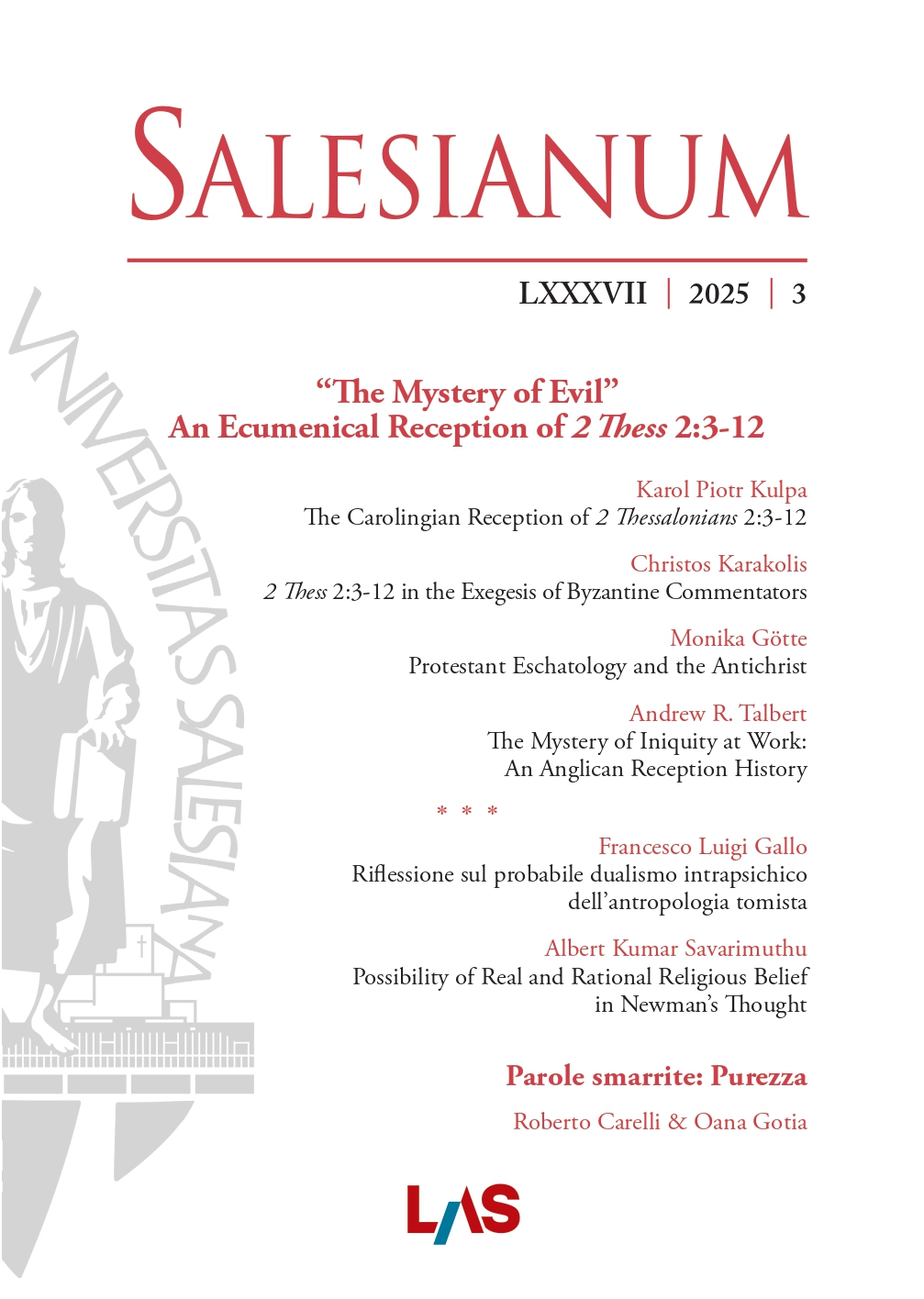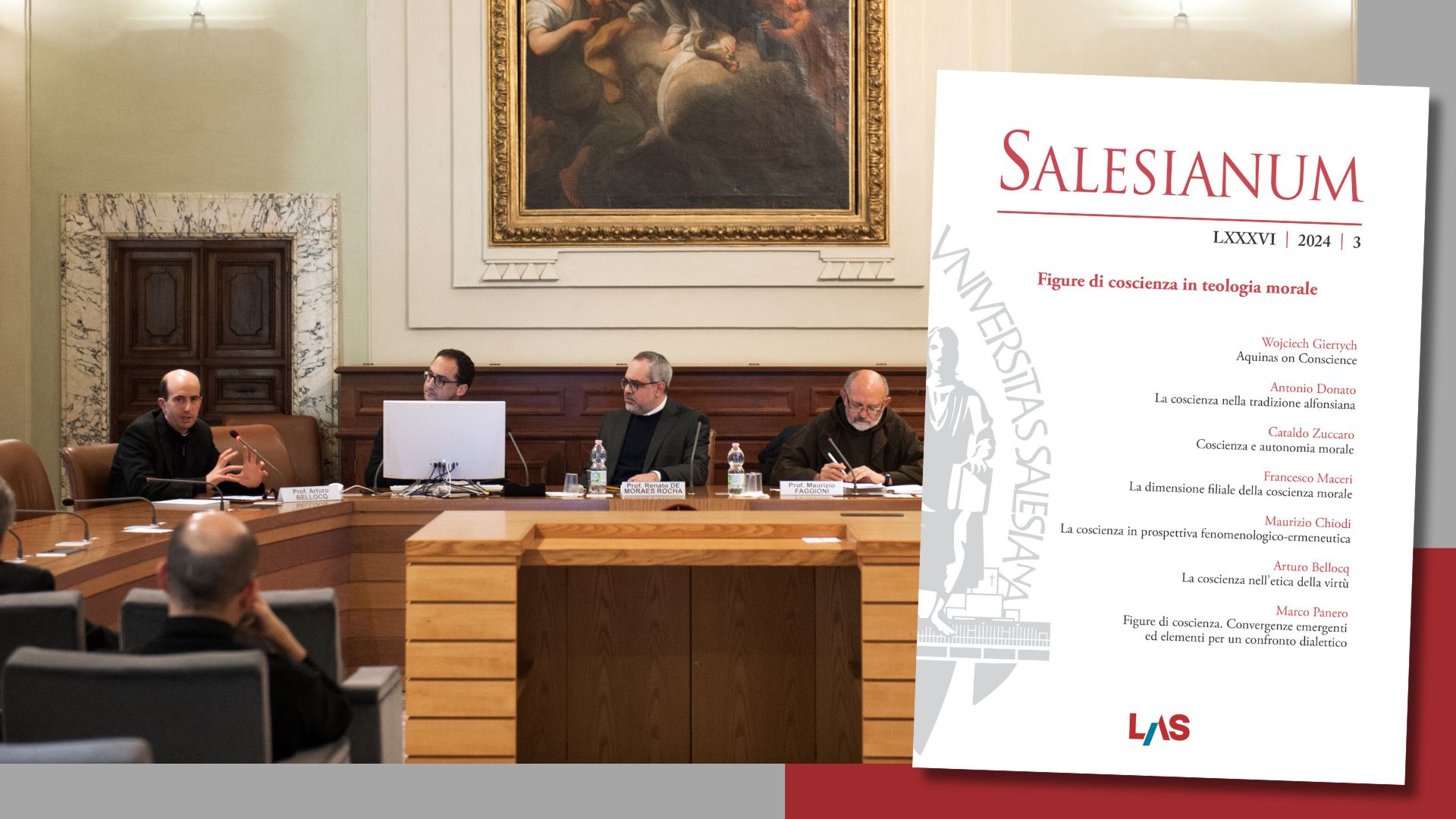L'evoluzione storica della parola latina per “Cina”
Salesianum vol. 73 (2011) n. 4, 667-682
Sezione: Studia
Sommario
L’articolo presenta la storia della parola latina per “Cina” lungo i secoli. La storia della parola latina per “Cina” si può dividere in tre periodi. Dall’antica Roma al Medio Evo la parola era “Seres”, che indicava un popolo piuttosto che una nazione; nel Medio Evo appaiono le parole “Catai”, scritta in modi leggermente diversi, “Tartaria” e “Mongolia”; dal ‘500 in poi si usa il plurale “Sinae, -arum”, insieme ad alcune varianti. Con una ricco elenco di testi in latino sulla Cina nell’arco di 2000 anni l’articolo dimostra due fatti storici importanti: il primo è che esiste una miniera ancora poco esplorata di testi latini sulla Cina; il secondo è che dal punto di vista linguistico la parola latina per “Cina” ha subito variazioni evidenti non sempre facilmente spiegabili.
Abstract
The article presents a brief history of the Latin word for “China” along the centuries. The history of the Latin word for “China” can be divided into three periods. From ancient Rome to the Middle Ages the word was “Seres”, referring to a people rather than a location; during the Middle Ages appear words such as “Catai”, with various spelling; “Tartaria” and “Mongolia”; from the XVI century it is used the plural word “Sinae, -arum”, with slight variations. With a rich list of Latin texts about China for about two thousand years, the article shows two important historical facts: one, it exists a rich amount of material in Latin about China, not yet widely known; second, from the point of view of the history of language, the Latin word for “China” underwent variations not always easy to explain.


